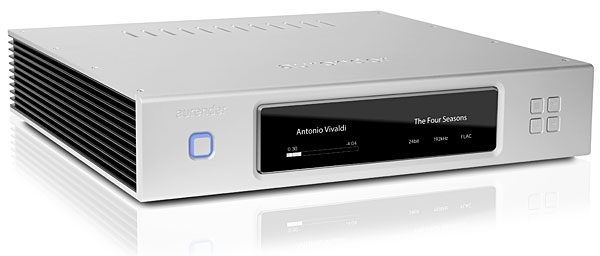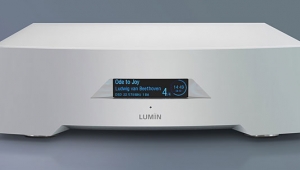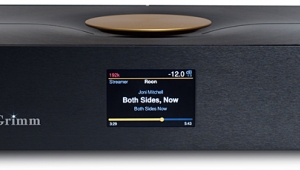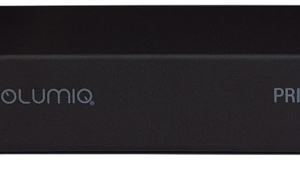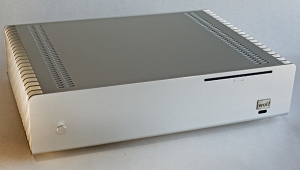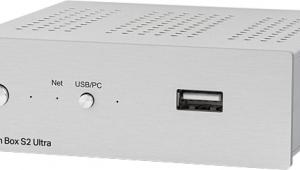| Columns Retired Columns & Blogs |
I am reading quite a number of reviews of different music severs and I find quite difficult to figure out the differences between different models (e.g Aurender N100H) sound wise (except the obvious ones like price, storage capacity and type of outputs). Most reviews only state it sounds better than a Macbook. I understand it is a difficult task as there are many variables like different DACs with different inputs with various quality, different connection possibilities (but then again there are a lot different amps and speakers and I find their reviews are much more understandable - including or because of it their measurements). Would these servers sound better than a computer and a reclocking device? It is close to impossible to find a dealer who can demonstrate several different servers.
Digital audio is apparently moving away from downloads to internet streaming. So is there any advantage for this for these servers relative to computers?
